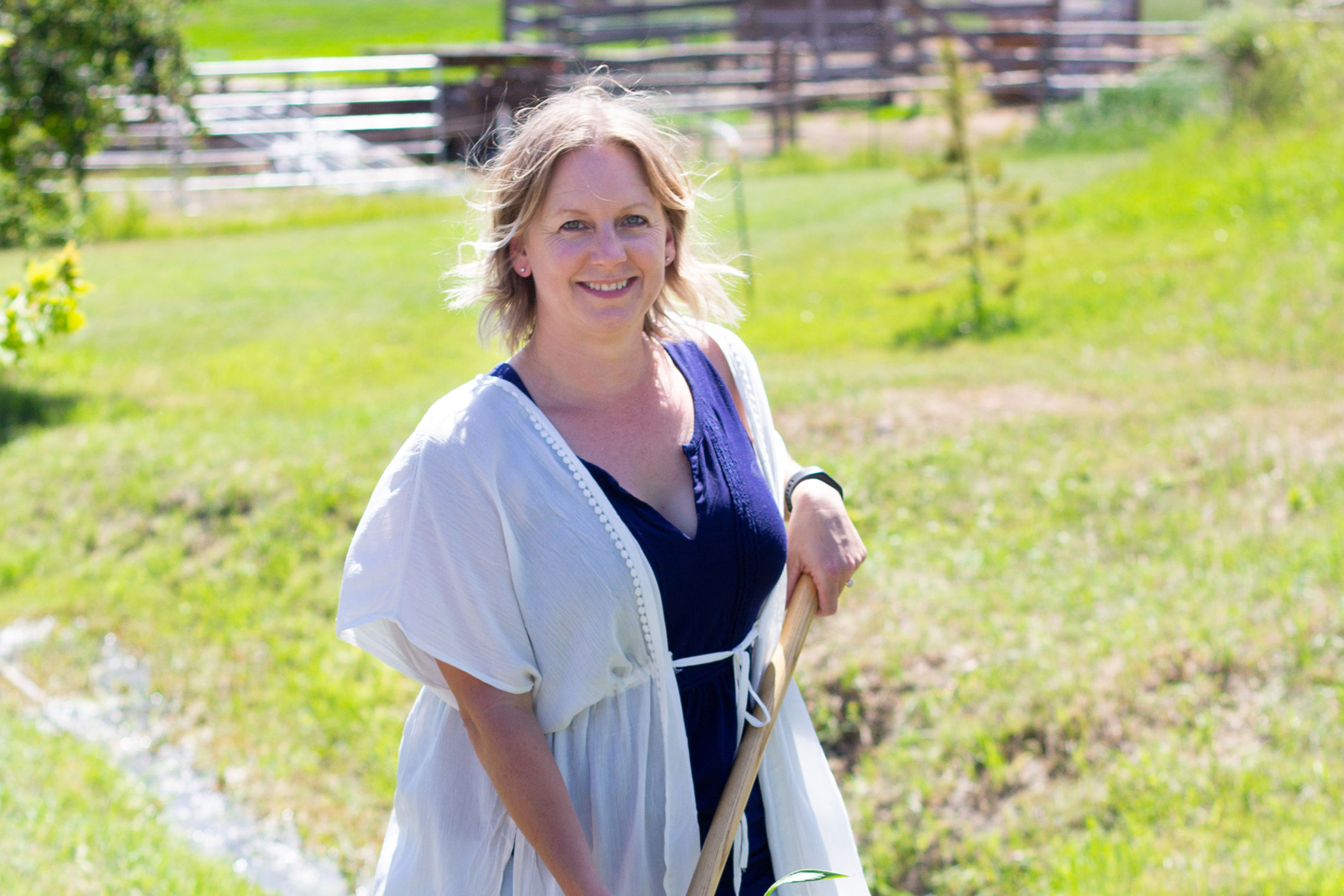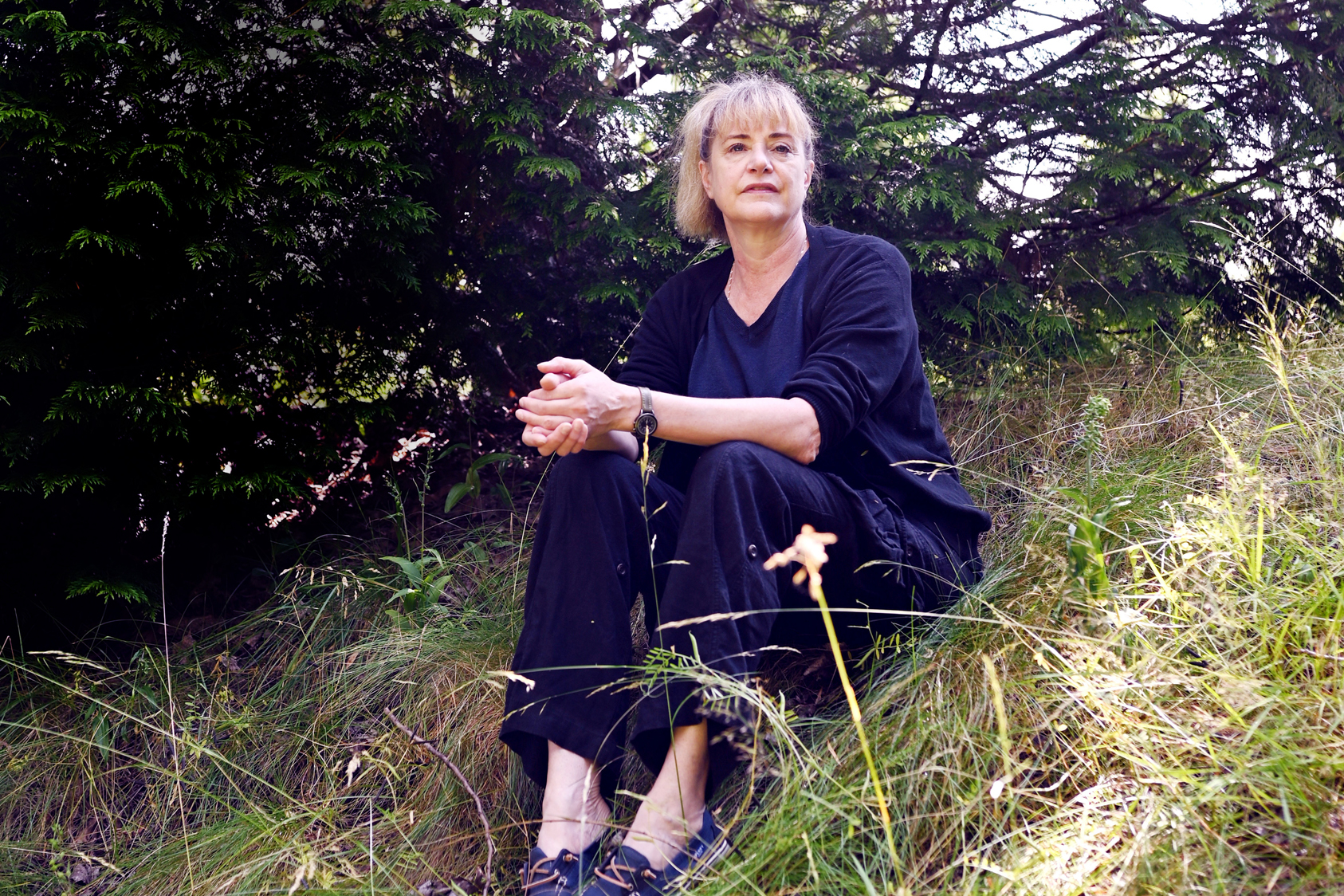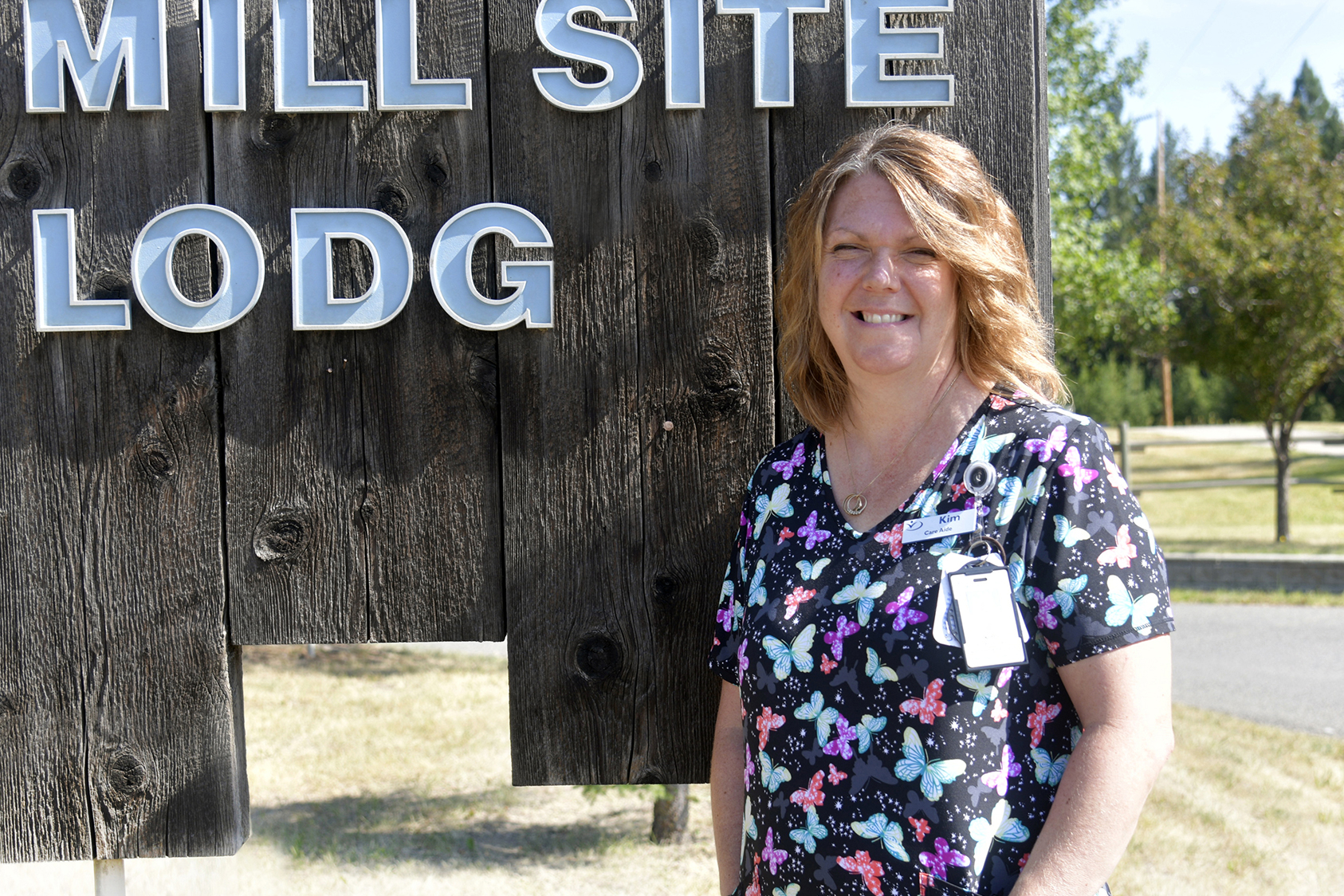
Residents of B.C. are now, more than ever, facing the devastating impacts of the worldwide climate crisis.
In 2021 alone, a summer heat dome contributed to the deaths of 619 people and wildfires razed regions in the province’s interior, most memorably destroying the town of Lytton.
Then, last fall, an atmospheric river in southern B.C. dumped two months’ worth of rain in just two days, causing floods, mudslides and landslides in 17 regional districts.
Consistently, HEU members have been on the front lines of these crises, caring for vulnerable people.
Some members have accompanied residents or patients during an evacuation more than once.
During evacuation alerts, care home residents and hospital patients are preemptively evacuated, before an order is issued for the general community.
Frequently this means that while an HEU member rushes to accompany residents to a new town, their families are back home preparing to evacuate should an order be put in place. Workers travel to a new facility, far from home. Once there they may spend weeks, working overtime in an unfamiliar environment, continuing to offer high quality care.
Michelle Nelson is all too familiar with extreme weather events. A resident of Ashcroft, and a care aide in Clinton, summer wildfires are part of her new normal. In both 2017 and 2021 she was redeployed with residents during evacuation alerts and orders.
The stress of not knowing when she will next be redeployed, or when another wildfire will threaten her home, means Michelle is on edge for much of the summer.

“I hate summer now,” she says. “I love gardening and hiking. I’m an outdoor person, but I don’t enjoy what summer brings.”
In 2021, when Clinton was put on evacuation alert, Michelle deployed with her residents to Kamloops, where she lived and worked for more than three weeks.
Packing people up to get on the road was itself a massive task, she said, but there was an emotional component as well.
“For our patients who were more cognitively there, it was just reassuring them that I was going with them, we weren’t going to abandon them,” she said.
Michelle and her colleagues settled the residents in at their new accommodations in Kamloops, but as workers, they weren’t initially given a place to sleep.
“We were told to stay at the hospital with our residents,” she said. “There was no extra bedding. We basically slept like an hour nap each on these unmade beds.”
A hotel room shortage meant that for the next several nights it was “hit or miss” whether they’d have accommodations. She also had to pay for her meals up front, a reality of being redeployed that not all workers can afford, Michelle said. As a result, some people have to turn down redeployment work.
“You can’t just pull that money out of your hat,” she said. “It’s a large expense and you don’t get paid back right away.”
Angie Bonazzo was part of a team that responded to an extreme weather event connected to climate change in the summer of 2017. While working as a care aide in Prince George, she and her colleagues welcomed more than 100 residents who had been evacuated from care homes in Williams Lake due to wildfires.
Angie recalls a remarkable two-day period when everyone pulled together to prepare for the influx. “It was truly remarkable, to put together all of those accommodations,” she said. “It was all hands on deck.”
It meant “exceptional” overtime, says Angie, who recalls working a 20-hour shift to prepare for an unknown number of climate evacuees.

Perhaps most memorable was when the evacuated residents arrived en masse. Ambulances, buses, and adapted vehicles began pulling up, and residents were unloaded. Some came with just the clothes on their back and their medication – but with no instructions on what kind of care they required.
“We simply rolled up our sleeves and we got it done. We just admitted people,” she says, adding how impressed she was by the clerks who did the administrative work. “We placed residents into every nook and cranny, and without even knowing them or their care plan,” she said.
“The residents were certainly very fearful,” she said. “They were running away from fire and smoke and at a very visceral level, they knew that.”
Helen Boyd, spokesperson for the Canadian Association of Nurses for Environment, says that health care workers on the front lines, such as care aides, are particularly affected by the climate crisis. These workers, she says, care for people whose health is more likely to be affected by environmental changes, and their workload invariably increases during extreme weather events.
Because of how they’re affected, Boyd says that listening to the demands of frontline health care workers is critical.
“I see their role as being real advocates, as having a loud voice as to what needs to be done,” she said. For example, this can include lobbying local governments to implement policies that reduce the impact of climate change.
“They can be going to municipal meetings and talking about the impact that they see on their patients and for them to really ask for climate action,” she said.
HEU has passed resolutions at convention to lobby the federal and provincial governments to address the climate crisis in a variety of ways. In addition to reaching net-zero emissions by 2050, members have said they want equity at the forefront. This includes ensuring communities, workers and First Nations have the infrastructure, resources and training to fully participate in a net-zero economy, and investing in in public health and community social services.
During provincial emergencies, HEU strives to work closely with health authorities to provide clear and timely communication and direction to members, and ensure their workplace rights are upheld.
But when patients and residents need to be moved to safety, it is workers on the front lines who make it happen – often putting their own fears and their personal lives on hold.
Kim Mcilravey, a care aide at Fischer Place, a long term care site attached to the 100 Mile Hospital, redeployed twice in summer 2021.
But accompanying residents during an evacuation isn’t something she’s always been able to do. In 2017, for example, Kim and her family had to evacuate their own home around the same time that residents at her work were evacuated.

“I chose to not work anymore at that point because I had children to take care of,” she said, adding that she also had livestock that had to be relocated. Not working, she says, caused several months of financial strain. Then, in the fall, when the fire had passed and life was supposed to be back to normal, she had to go on sick leave.
“I think I had a nervous breakdown,” she says. “I was very anxious and I didn’t sleep very well. In that first year after the fire, every time I smelled smoke I would panic.”
Despite the hardship, Kim says the 2017 fires prepared her for the summer of 2021, when she redeployed to Salmon Arm and later to Williams Lake. Both times, she left her family back at home on evacuation alert, while she and her colleagues accompanied residents.
“We had a job to do but we did it with grace, we just knew we had to pull together and be there for each other, including our residents. It’s stressful for everybody, but we did a good job on keeping everybody calm and happy.”